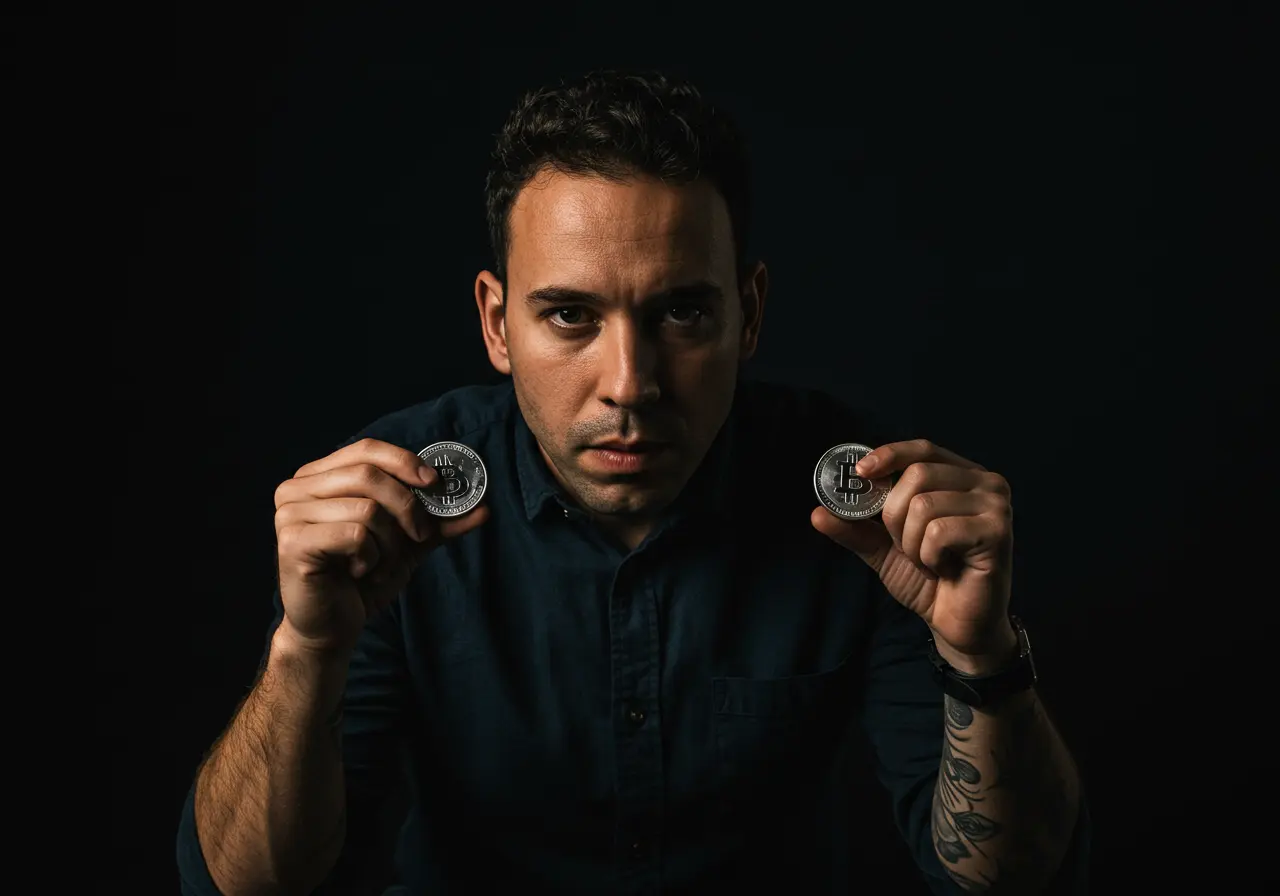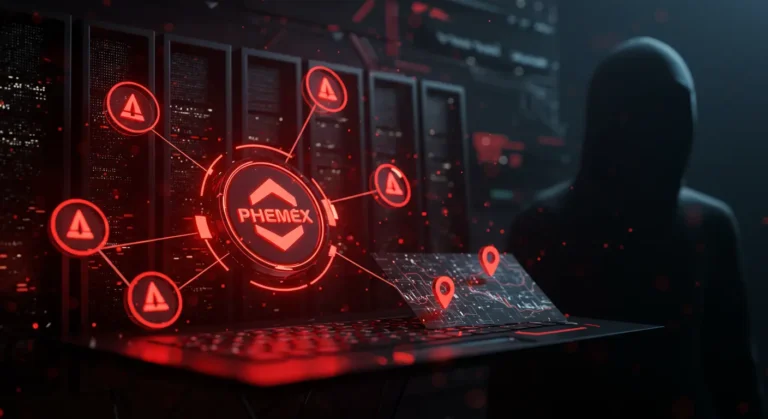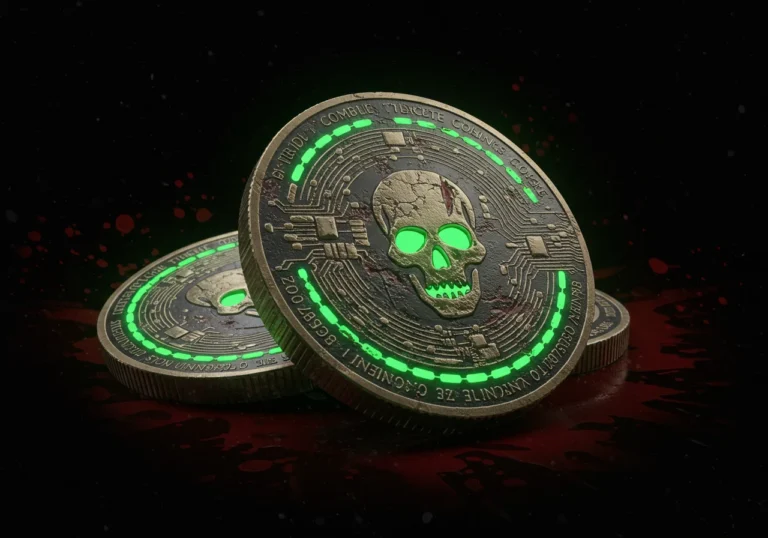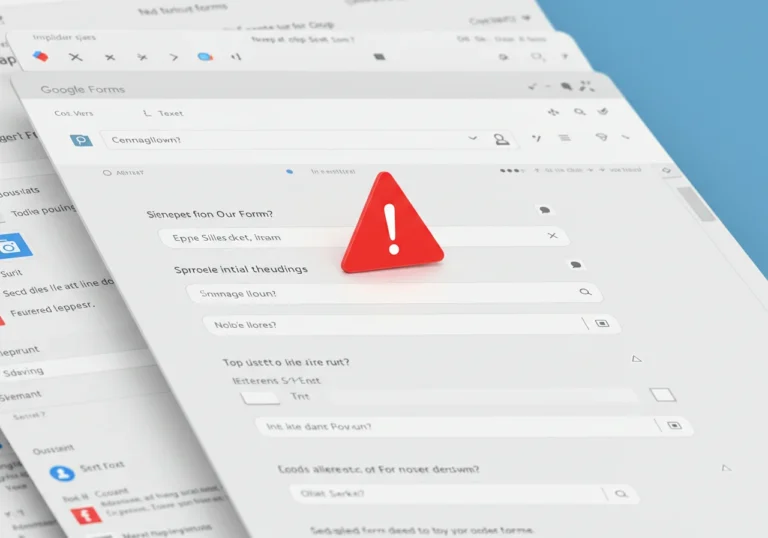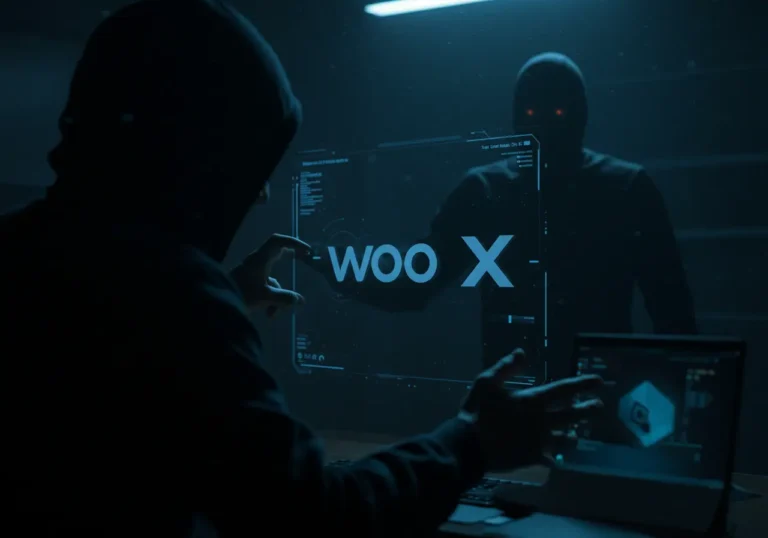Send & Receive Crypto Safely: Mistakes to Watch Out For

This is how it looks
Think of sending crypto like mailing a postcard—quick, exciting, and totally digital. But just like with snail mail, one wrong address or slip-up can send it somewhere else entirely. Crypto isn’t physical cash you can hold; it lives online and is 100% your responsibility to manage. Whether you’re receiving Bitcoin from a friend or transferring Ethereum after a sale, there are some key steps to follow. This guide will walk you through it—so you can move your funds confidently and securely, without stress.
What Does Sending and Receiving Crypto Mean?
Imagine you’re sending a text message. You type it, pick the right person, and hit send—done! Crypto is kind of like that. When you send it, you need the right “address”—a special code that tells your money where to go. Once it’s gone, you can’t grab it back. No second chances. That’s why we’ve got to be extra careful.
Receiving crypto is like giving someone your mailbox address so they can drop off a package. You share your code, they send the money, and it shows up—simple, right? But if you give them the wrong address, that package might end up at a stranger’s house. So, let’s look at where people trip up and how to keep it smooth.
Common Slip-Ups When Sending Crypto
Typing the Address Wrong
This one’s a heart-stopper. A crypto address is a long mix of letters and numbers—like a super tricky password. Get one part wrong, and your money could land in someone else’s pocket. Or worse, it might disappear forever if the address doesn’t even exist.
How to Stay Safe:
- Copy and Paste: Don’t try to type it. Grab the address straight from wherever you got it and paste it in. Easy peasy.
- Look Twice: Check the start and end of the address. Do they match what you’re expecting? A quick peek can save you.
- Try a Little First: If you’re worried, send a tiny bit of crypto first. See if it works before sending the whole pile.
Picking the Wrong Path
Some crypto can travel on different “roads”—like how you can mail a letter by regular post or express delivery. For example, Ethereum has a few paths it can take. Send it down the wrong one, and it might not show up where you want it.
How to Fix It:
- Match the Path: Make sure you’re using the same road the other person expects.
- Ask First: If you’re sending to someone, just say, “Hey, which way should I send this?”
Forgetting the Delivery Fee
Every time you send crypto, it’s like paying a small toll to keep the system running. If you don’t pay enough, your money might sit there, stuck, or take forever to arrive.
How to Handle It:
- Go with the Suggestion: Your wallet usually tells you a good amount to pay. Stick with that.
- Take Your Time: If you’re not in a rush, a smaller fee works—it just might be a little slower.
Missing the Final Step
After you hit send, your wallet might ask for a password or a code to make it official. Skip that, and your money stays put. You might think it’s gone when it’s really just waiting for you.
How to Avoid It:
- Watch the Screen: Do what your wallet asks—don’t rush off.
- Check the List: Look at your wallet’s history. Is it waiting, or did it not even start?
Common Slip-Ups When Receiving Crypto
Sharing the Wrong Address
If you give someone the wrong code to send your money to, they might send it somewhere else. And just like when you send it—poof, it’s gone.
How to Stay Safe:
- Copy It Right: Take your address straight from your wallet and share it. No typing by hand.
- Match the Money: Make sure the address is for the right kind of crypto. A Bitcoin address won’t work for Ethereum.
Worrying Too Soon
When someone sends you crypto, it’s not instant like a text. It needs a little time to “arrive” and get checked by the system. If you don’t see it right away, don’t freak out—it’s probably coming.
How to Handle It:
- Wait a Bit: Give it 10 or 20 minutes. It’ll show up.
- Track It: If they give you a tracking number (a transaction ID), you can check where it’s at online.
Using an Unsafe Wallet
Your wallet holds your crypto, like a piggy bank. If it’s weak or easy to break into, someone could snatch your money.
How to Protect It:
- Pick a Good One: Use a wallet people trust, with strong safety features.
- Get a Safe: A hardware wallet is like a locked box for your crypto—super secure, especially if you’ve got a lot.
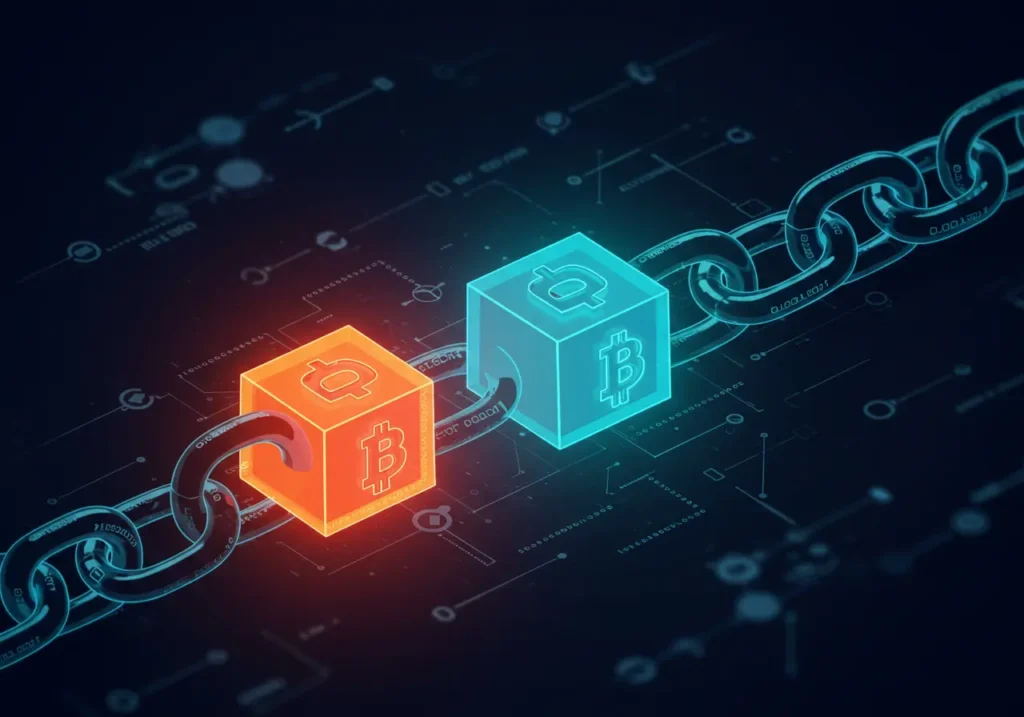
Tips to Keep Your Crypto Safe and Sound
Let’s make this easy. Here’s how to send and receive crypto without a hitch.
1. Choose a Secure Digital Wallet
Your wallet is your money’s home. Pick one that’s tough to crack, like one with an extra lock (something called two-factor authentication). It’s like adding a deadbolt to your door.
2. Hide Your Secret Key
Your private key is the magic word that unlocks your crypto. If someone gets it, they can take everything. Keep it off the internet—write it on paper or store it in a hardware wallet where no one can peek.
3. Skip Public Wi-Fi
Sending or receiving crypto on public Wi-Fi is like shouting your address in a busy store—someone might hear. Use your own internet at home instead.
4. Check Everything Twice
I know I keep saying it, but it’s true. Look over the address, the amount, and the path before you send or share. A second look can stop a big mistake.
5. Keep It Private if You Want
If you don’t want people knowing your business, some crypto—like Monero—lets you stay anonymous. It’s like sending a secret note. Just make sure you’re doing it for a good reason.
Fun Extras for the Curious
Feeling brave? Here are some cool tricks to try once you’re comfortable.
1. Trade Without a Middleman
A decentralized cryptocurrency exchange platform lets you swap crypto straight with someone else—no bank or company in between. It’s like trading snacks at lunch, but online.
2. Lock It Away
For keeping crypto safe long-term, offline cryptocurrency storage is like burying treasure. It’s out of reach until you dig it up.
3. Speed Up Ethereum
Want a fast Ethereum transfer? Sometimes Ethereum gets crowded, but there are shortcuts—like Optimism—that make it quick and cheap.
4. Peek at the Blockchain
The blockchain is the big book that tracks all crypto moves. Learning about blockchain for sending currency can make you feel like a pro—it’s just a list of who sent what, where, and when.
Conclusion
See? Sending and receiving crypto isn’t so scary after all. It’s all about watching those addresses, picking the right path, and keeping your wallet locked up tight. If you ever feel shaky, just pause and check again—you’ve got this in the bag.
Crypto is pretty amazing. It’s money you control, no borders or bosses needed. So go ahead—send that Bitcoin to your pal, grab some Ethereum from a deal, and enjoy the ride. Be smart, stay safe, and you’ll love how it feels to be in charge of your own cash.
Key Takeaways
- Look twice at every address before sending or sharing.
- Use a secure digital wallet and guard your secret key like treasure.
- Give transactions a little time to arrive—don’t worry too soon.
- Try offline cryptocurrency storage for extra peace of mind.
- Know your paths and fees so nothing surprises you.
Table of Contents

Hello, I’m Edmilson Dias, founder of CoinBringer. I created this platform to guide people through the fast-moving world of cryptocurrency with clarity and safety. With years of research in blockchain and digital security, my goal is to translate complex topics into practical knowledge, offering reliable tutorials, safety insights, and guidance for both newcomers and experienced users.
Discover more from CoinBringer
Subscribe to get the latest posts sent to your email.

